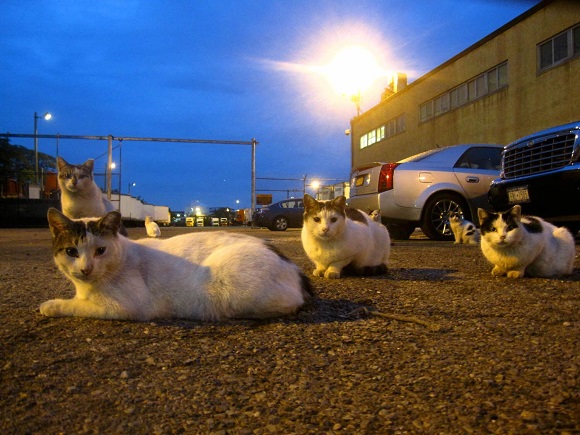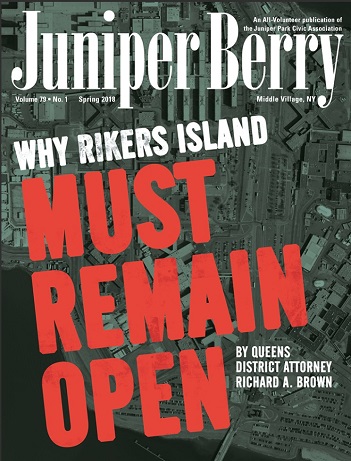Maybe you love cats. Maybe you hate cats. Tens of thousands of free-roaming cats live in the backyards, alleyways, vacant lots, and other outdoor spaces of New York City. Some of the cats are strays – former “house cats” that have become lost or were abandoned. But the vast majority of the free-roaming cats in NYC are wild, or “feral” – not socialized to humans. Two unneutered stray or feral cats can quickly reproduce at an alarming rate. A large “colony” of cats can quickly grow where only the first two cats originally made their home. From as early as six months old, each new female born into the expanding colony will give birth to two or more litters of kittens each year. Spaying just one female community cat can prevent the births of more than 57 kittens over the next two years.
While the tame and friendly strays can often be successfully adopted back into a home, for the thousands of their feral offspring, adoption, rescue, or relocation is well beyond any realistic expectation. Even young feral kittens need to be carefully tamed with much time and patience before they can be safely handled by a prospective adopter. Fortunately, there is a humane and effective solution to stem the population explosion of community cats: Trap, Neuter, Return (TNR).
TNR is the only humane and proven-effective method to control and eventually reduce the stray and feral cat overpopulation crisis. During a TNR project, cats are trapped, spayed (females) or neutered (males), vaccinated against rabies, surgically and painlessly ear-tipped on the left ear for identification, and returned to their territory where their caretakers provide them with food, shelter and, when needed, medical care. Young kittens and friendly cats may be taken in for adoption. TNR performed consistently in a neighborhood has the potential to reduce intake at the city’s shelters and, consequently, to reduce euthanasia rates. TNR is effective and humane, unlike traditional trap-and-kill or trap-and-remove. Both trap-and-kill and trap-and-remove result in the “vacuum effect”– when new, unaltered and unvaccinated cats move into the emptied area and breed with no caretaker to monitor the cats over the long term. A TNR’d colony defends its food source, keeping unneutered and unvaccinated cats out of its territory and preventing any new births in that “managed” colony.
An added benefit to the community is natural rodent control. These working cats are doing their part in their communities. The presence of community cats is not inherently of any health risk to humans, but there are humane ways to discourage cats from entering a particular yard or area. That information can be found on our website – NYCFeralCat.org – with tips to manage a feral colony. Taxpayers pay the price when large numbers of community cats and kittens are euthanized in city shelters; and the cats pay the price with their lives. TNR makes sense, saves tax dollars, is humane, and it works!
Learn more about the NYCFCI and how you can join the ranks of New Yorkers who are working to improve the lives of our city’s community cats. Visit our website at NYCFeralCat.org. Contact us by calling (212) 330-0033. Or email us at info@nycferalcat.org




